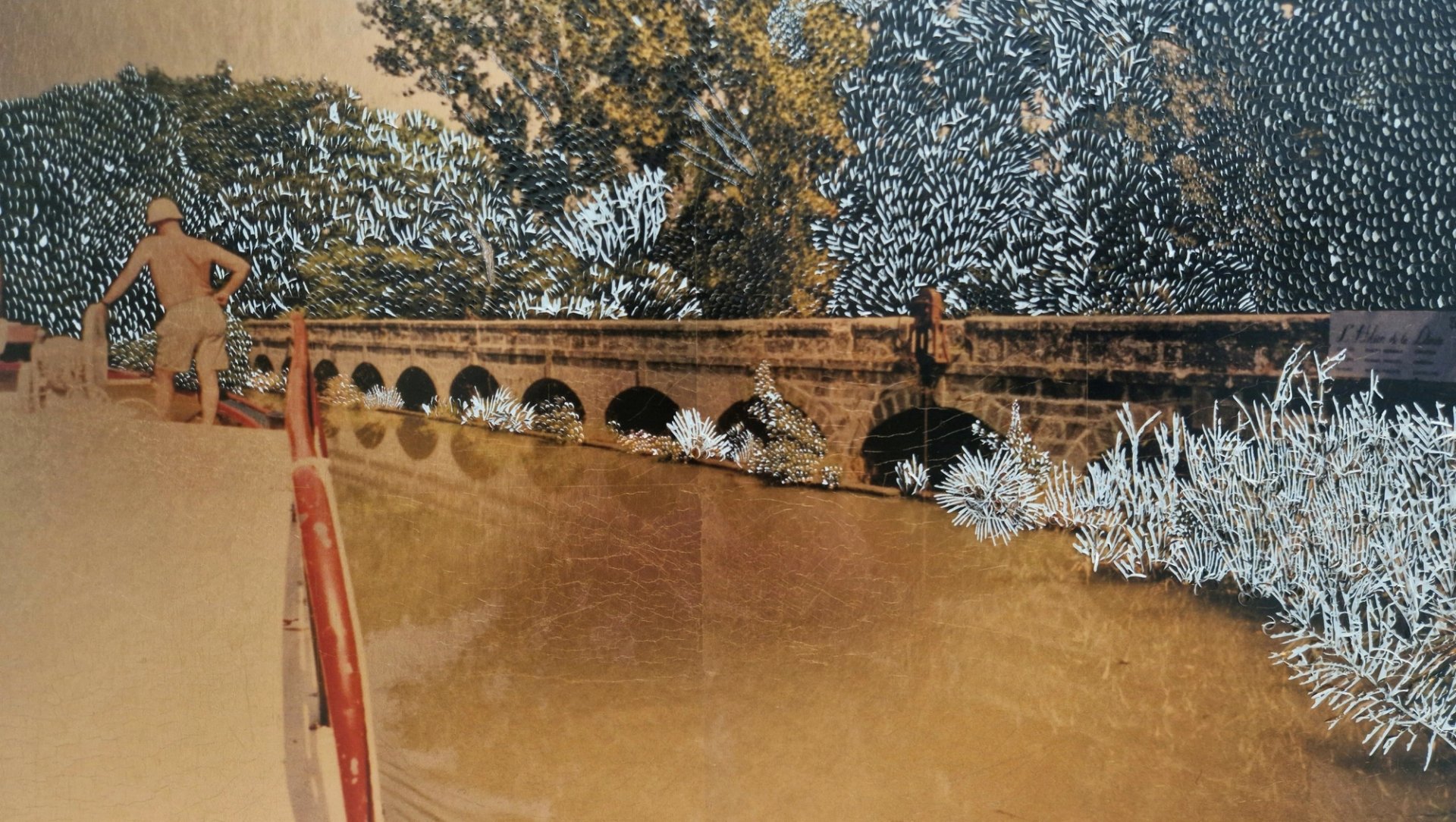Paris Photo returns to the Grand Palais this week for its 28th edition (until 16 November), bringing together 220 exhibitors, including 178 galleries and 42 publishers from 33 countries.
The fair opens at a moment of change and uncertainty for the photography sector: 81,000 visitors attended the previous edition in 2024, yet dealers report slower acquisitions at the top of the market, increased production costs and reduced risk-taking among collectors.
Yet, even amid a pronounced market contraction, the fair’s broad geographic spread and a number of notable presentations offered a measure of confidence in the quotidian strength of the medium.
Florence Bourgeois, the fair’s director, emphasises that Paris Photo does not operate around rigidly fixed curatorial themes, preferring instead to present a wide survey of the medium. This year, across the 37 solo booths dedicated to a single artist, certain threads were possible to discern: a pronounced resurgence of Japanese galleries, the visibility of Latin American archives and contemporary practices and the presence of new bodies of work by both established figures—Sally Mann among them—and younger French and British photographers such as Marine Lanier and Jack Davison. Notably, women artists now account for 39% of practitioners exhibited, up from 20% in 2018.

Claudia Andujar, Sem título—da série Rua Direita (1970)
Courtesy of artist & Galeria Vermelho
One of the most tangible shifts was the return of Tokyo-based galleries, nine of which travelled to Paris this year. Their absence since 2019 had been felt across the fair, with travel costs and logistics having kept many away. Among the strongest of these presentations was MEM, which exhibited prints from August 6 Hiroshima Day, a collective student-photography project carried out between 1968 and 1971 by members of the All-Japan Student Photography Association (Zen-Nichi). The gallery's co-director Mizuho Takahashi says that while Zen-Nichi had been closely linked to student protest photography in the 1960s, its de facto leader, the critic Tatsuo Fukushima, encouraged participants to broaden their focus: “He told students that protest was not the only issue in Japan—we had environmental pollution, we had Hiroshima and Nagasaki, and we needed to look at those histories too.” Many of the students, raised in Tokyo, travelled repeatedly to Hiroshima to understand a reality they knew only from textbooks and the media. Their photographs—ranging from portraits and street scenes to images of slum districts and rephotographed archival material—combine documentary impulses with personal inquiry. As Takahashi put it: “They went to discover what was really happening there, and what the real issues in Japan were at the time.”
Latin American galleries made some of the fair’s strongest impressions, reflecting the presence of four South American galleries in the main sector. Presentations from Buenos Aires, São Paulo, Santiago and Mexico City highlight an intergenerational approach to the region’s photographic histories, with a number of fascinating archival projects shown alongside contemporary work.
Rolf from Buenos Aires drew particular attention with a rediscovered series of portraits of 20th-century Argentine writers. The gallery’s director, Florencia Giordana Braun, describes the pioneers she is championing as “female figures who broke barriers in a traditional society, opening doors for photography across the region.”
Alongside this, Vermelho (São Paulo) presents a significant selection of works by Claudia Andujar, the Swiss-born Brazilian photographer known for her sensitive depictions of Yanomami communities. Andujar began photographing in the Amazon after driving across Latin America in a Volkswagen Beetle in the 1970s; the series arrives in Paris following its well-received presentation at this year’s Rencontres d’Arles. Together, these strands demonstrate the value of humanist reportage as a means of reassessing political histories in Latin America.
A number of galleries brought new work by established names, though price sensitivity among collectors meant that sales were not brisk on day one of the fair. Jackson Fine Art (Atlanta) presents new prints by Sally Mann, which attracted institutional attention on the day. Collectors attending this weekend would do well to consider her work.
By contrast, Jack Davison’s new series of formally experimental portraits—relying on in-camera manipulation, masking and improvised studio interventions—seem better aligned with current collector appetite for process-driven work at lower price points. Victoria Williams, director of Cob Gallery, says Davison’s parallel commercial career has become an asset rather than an obstacle: “People used to be wary of a dual practice, but now there’s a much more open attitude to blended careers. Jack has a major editorial presence, but as an artist he’s deeply invested in making objects.” She added: “He prints everything himself—you can’t keep Jack away from the process.” Williams also noted the pressures of the moment: “It has been really challenging… the market across most creative fields is having a difficult time,” though she argues that photography retains “a kind of robustness.”
At the opposite end of the fair, the digital section offers a small but notable counterpoint to the analogue-heavy main sector. At the TAEX booth, Kevin Abosch presented a tightly curated selection of works that reaffirmed his position as one of the more conceptually rigorous figures exploring the emergence of AI.

Raphaëlle Peria, L'épenchoir des souvenirs (2025)
©Raphaëlle Peria
The 2025 edition of the BMW Art Makers commission, presented annually at Paris Photo, offers one of the fair’s most substantial contributions. This year’s project, Traversée du fragment manquant, was created by artist Raphaëlle Peria in collaboration with curator Fanny Robin. Peria’s work, known for its combination of photography and grattage, centres on the plane trees of the Canal du Midi—which are now being felled due to a fungal disease—and incorporates both contemporary photographs and family archives. The installation, conceived by Robin as a “crossing between two eras”, uses Plexiglas, copper-leaf works and superimposed images to evoke the erosion of landscape and memory. Several curators described it as one of the fair’s more considered exhibitions.
Bourgeois acknowledges the wider economic context, noting that galleries face a tense environment shaped by geopolitical uncertainty and shifting collector behaviour. The fair has introduced reduced-price stands for emerging exhibitors, but many younger galleries still struggle with the cost of participating. As Bourgeois noted: “BMW’s commitment gives artists the chance to develop work over the long term, providing visibility and support that is increasingly rare.” She underscores the growing significance of such partnerships as institutional support for the sector retreats.
The challenges facing photography remain considerable. Yet, what emerges most clearly this year was not a unified theme, but an effort—sometimes strained, sometimes successful—to maintain breadth, ambition and a continued belief in the unique capacities of the medium to understand another point of view.






